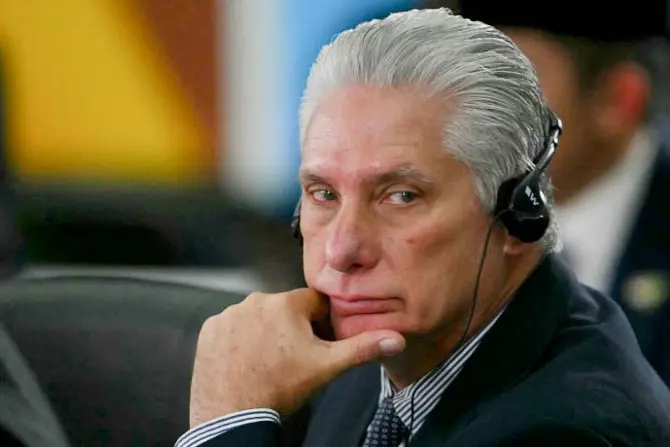Japan will resume visa-free entry for individual travelers and scrap its daily entry cap on Oct. 11, effectively ending its tight COVID-19 regulations on foreign tourists after nearly two and a half years.
Prime Minister Fumio Kishida said Thursday that Japan would further relax its border measures and remove the daily arrival cap, which is presently set at 50,000, to support the tourism industry, Japan Times reported.





